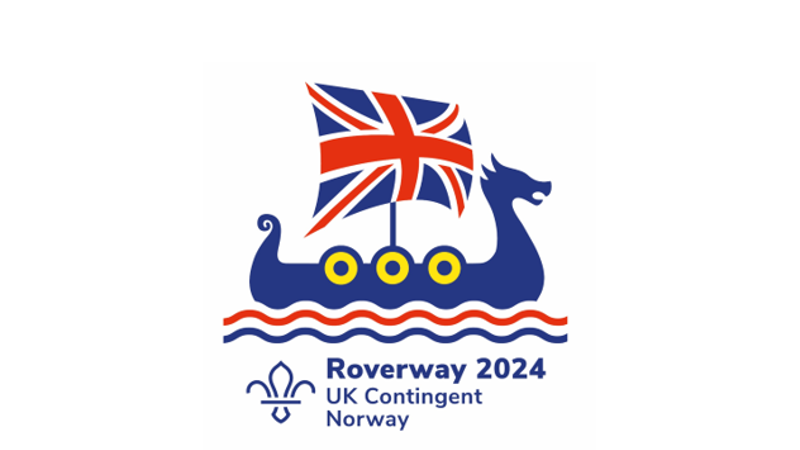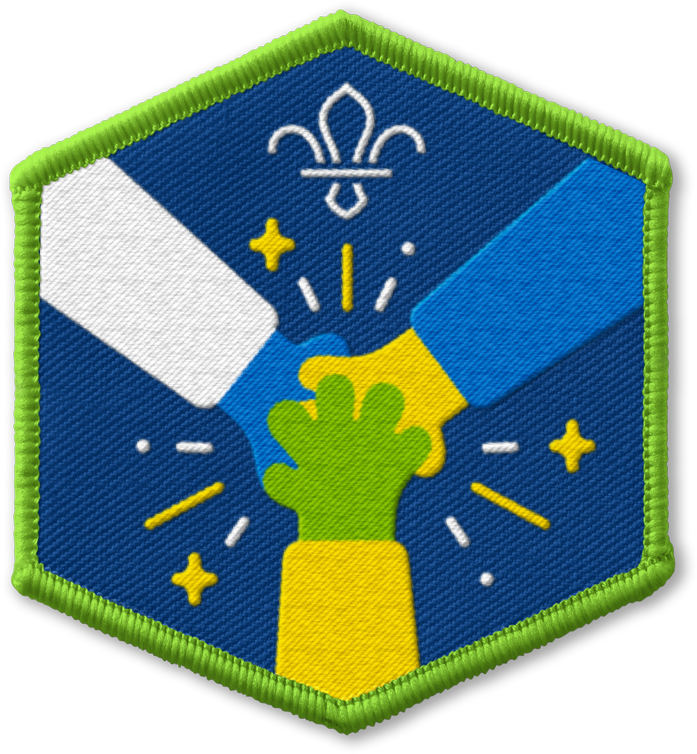
Play international-themed pictionary
You’ll need
- Something to draw on (paper or a whiteboard)
- Something to write with (pen, pencil or felt tip)
- List of international themed words
Før du begynner (Before Start)
- Use the safety checklist to help you plan and risk assess your activity. Additional help to carry out your risk assessment, including examples can be found here. Don’t forget to make sure all young people and adults involved in the activity know how to take part safely.
- Make sure you’ll have enough adult helpers. You may need some parents and carers to help if you’re short on helpers.
Gjør deg klar for denne aktiviteten (Getting ready for this activity)
- You could use whiteboards or chalk boards for this activity. If you don’t have access to these, you could create your own by using scrap paper and plastic document wallets.
- This game works best when everyone can easily see what’s being drawn. Try to make sure the draw-ers can draw clues without being in the way of the guessers. This could be by hanging sheets of paper on the wall, using an easel, or propping them up in some way. You could also have the draw-er at a lower level to the guessers, such as sat in a chair with people stood behind.
- You might want to cut out the words from the word list, fold them up and put them in a container.
- You could ask those taking part in the activity if they’ve any words they want to include in the game.
- Korea
- UK
- France
- Spain
- USA
- Australia
- China
- Egypt
- Mexico
- Italy
- Canada
- Tigers
- Bears
- Golden Eagle
- Kangaroos
- Koalas
- Lions
- Zebras
- Fish
- Cereal
- Chicken
- Cake
- Ice cream
- Eggs
- Globe
- Fleur de Lis
- Hot dog
- Flag
- Backpack
- Toothbrush
- Suncream
- Boots
- Baguette
- Croissant
- Pizza
- Burger
- Rice
- Soup
- Sushi
- Tacos
- Tent
- Campfire
- Plane
- Train
- Passport
- Suitcase
- Hotel
- Sleeping bag
- Plane ticket
- Map
- Jungle
- Desert
- Mountain
- Sea
- Island
- N Seoul Tower
- Eiffel Tower
- Leaning Tower of Pisa
- Colosseum
- Empire State Building
- Grand Canyon
- Pyramids
- Camels
- Sydney Opera House
- Phrase book
- Bus
- Boat
- Hiking
- Airport
- Menu
- Souvenir
- Compass
- Camera
- Castle
- Sunglasses
- Woolly hat
La oss leke (Let’s Play)
- Everyone should split into teams. We’d recommend teams of 4 to 6 people.
- Each team should get their pens and pencils ready.
- Each team should pick a “draw-er”, the rest of each team are the “guessers”.
- The person running the game should pick a word from the word list and share it with the draw-ers. The draw-ers can’t let the guessers know what the word is.
- The draw-ers must then try to draw the word or draw clues to the word. They can’t draw letters or numbers. The guessers have to try and shout out what they think the chosen word is.
- When a team has correctly guessed the word, they win a point.
- The teams should swap the draw-er, so someone else has a turn.
- Repeat the game until a team has 5 points. The team that scored 5 points is the winner. You could increase the number of points each team needs to win or play again.
Reflection
In this activity, people had to communicate without using words. Everyone should think about how this made the game harder than if they could just tell their team the word. Did anyone come up with any good techniques? How did you get harder words or phrases across to the team? Did it help to break the word down into smaller chunks? Was it hard waiting for the image to be drawn? And was it frustrating if people couldn’t guess what you’d drawn quickly – how did you help them, even though you couldn’t talk?
Everyone should think about how pictures can be used to communicate with someone who doesn’t speak the same language as them. How would it make things easier? Would it make anything harder or allow for misinterpretation?
Safety
All activities must be safely managed. You must complete a thorough risk assessment and take appropriate steps to reduce risk. Use the safety checklist to help you plan and risk assess your activity. Always get approval for the activity, and have suitable supervision and an InTouch process.
- You can make this game harder by the options of what can be chosen to be drawn more difficult. You could also introduce phrases, such as ‘Around the World in 80 Days’ or ‘Roverway’
- You can make this game easier by letting teams know a category that word fits into. For example, if the word being drawn is “Norway”, you could say “This round is a Country”.
- If people may not know what some of the words are, you could print out pictures of each item, place or thing, alongside the word, to show the draw-ers.
- If someone playing finds it difficult to draw or see the pictures, this game could be played with the “draw-ers” describing the word instead. The only additional rules are that they can’t say the word itself or ‘rhymes with’. Groups may need to be more closely monitored by a volunteer or young leader to prevent cheating. Alternatively, a volunteer, young leader or chosen young person could describe one word to everyone and each team must guess at the same time to get the point.
- If someone may struggle to play the game, they could help choose and show the draw-ers the words they’ll be drawing instead or keep track of the scores.
All Scout activities should be inclusive and accessible.
You could get to know other Scouts in your area by holding a tournament and competing against them.
This activity could be led by a young person, either within the section, from an older section or a Young Leader.
You could ask young people to suggest words that teams must draw is a great way to get them even more involved. You could maybe ask people to do this before the activity, by writing their ideas on pieces of paper. If anyone struggles to write down their ideas, a friend, young leader or adult volunteer could help them.



